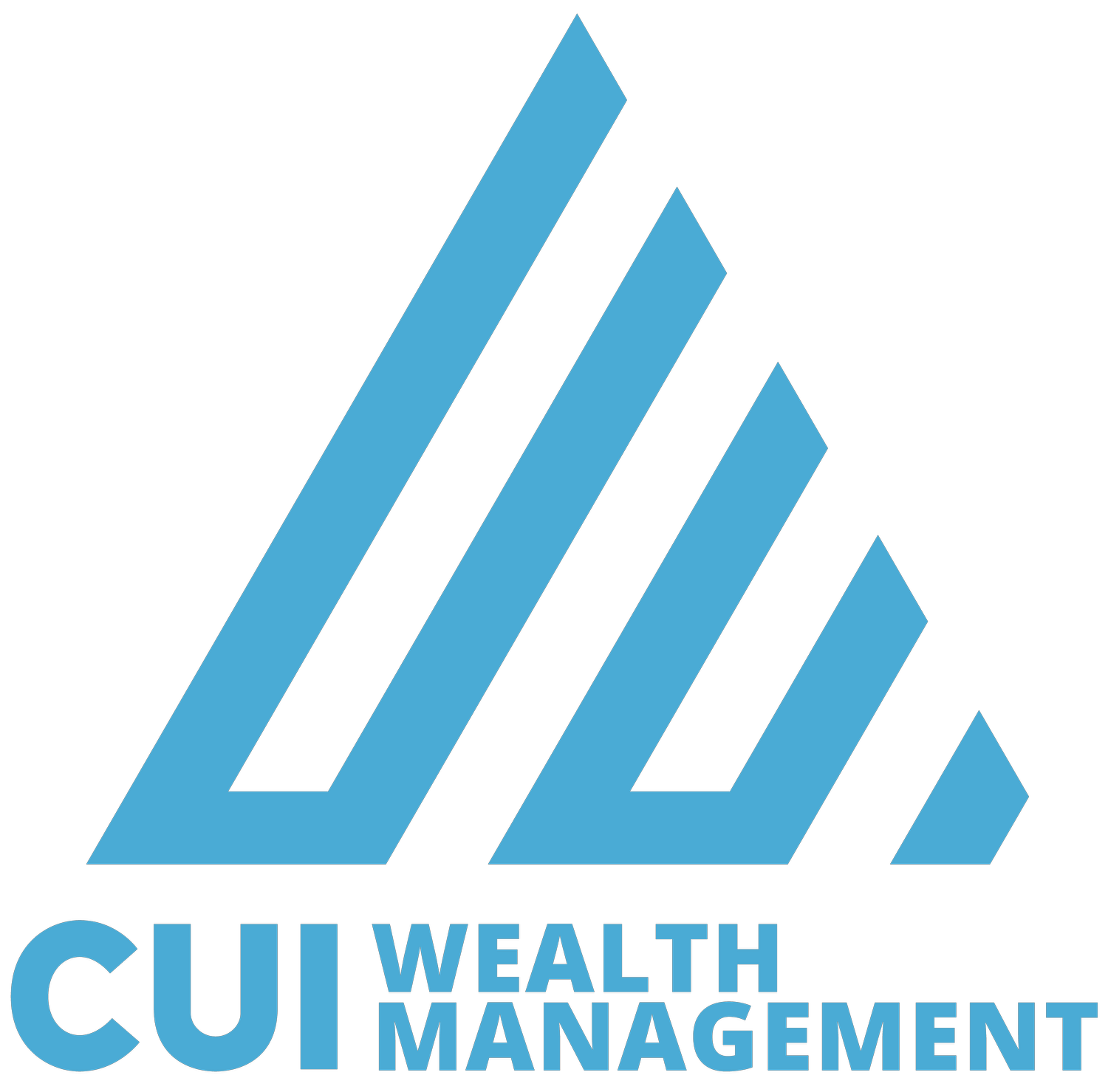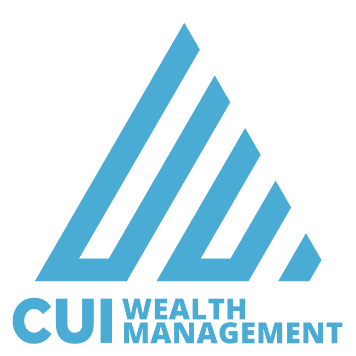Understanding Common Retirement Plan Notices
Overview of Notices
There are various documents and disclosures that companies must provide participants of 401(k) plans. Sometimes, the information given to participants can be slightly overwhelming, but there is essential information they need to know and many of the documents given are required. Some of the notices employers must provide employees with include:
The Summary Plan Description (SPD)
Summary Annual Report (SAR)
Annual Fee Disclosure Notice
Quarterly Account Statements
Safe Harbor Notices
Automatic Enrollment Notices
The Summary Plan Description (SPD)
The summary plan description is a general summary of important plan information. Eligible employees must receive a copy of this within 120 days of adopting a retirement plan or 90 days of becoming eligible for the plan. The summary plan description reviews information such as:
What are the eligibility rules? (including things like minimum age or service requirements)
What are the plans vesting schedules?
Does the plan allow for loans?
Does the plan offer a match, and how is it calculated?
These documents give plan participants basic information regarding the plan.
Summary Annual Report (SAR)
Summary Annual Reports must be sent to participants no later than nine months after the plan year-end. It is essentially a one-page summary of the 5500 and finances. This disclosure must be given to participants promptly, or there can be significant penalties.
Annual Fee Disclosure Notice
The annual fee disclosure notice gives information about the plan fees and investments. These fee disclosures go over individual costs related to participant accounts, fund expense ratios, and historical investment performance. This notice is one of those necessary disclosures that participants often overlook. As a result, many participants are not aware of the fees deducted from their accounts.
Quarterly Account Statements
Participants are to receive quarterly statements no later than 45 days after the end of the quarter. Sometimes recordkeepers will send these notices out on behalf of the plan. Other times the plan sponsor will need to give these statements out directly to participants. These statements will show the account value, the vested portion of the account, and the value of each investment in the plan.
These four documents are some of the most common types of 401(k) disclosure documents you will run across as you manage your company's 401(k) plan. Other required disclosures are dependent on the language in your plan design. Here are some common notices that you may need to distribute based on your plan design.
Safe Harbor Notices
If your plan is a safe harbor plan, you will be required to provide safe harbor notices to employees. These notices inform employees of their rights and obligations under the plan and the minimum benefits that eligible employees will receive in either the form of a match or non-elective contributions. The IRS website gives the distribution timeline as follows, "at least 30 days (and no more than 90 days) before the beginning of each plan year… in the year an employee becomes eligible; generally, no earlier than 90 days before the employee becomes eligible and no later than the eligibility date."(IRS, 2021)
Automatic Enrollment Notices
These types of notices inform employees that they will be automatically differing a portion of their income into the retirement plan. The Department of Labor outlines three things these notices must specify:
The deferral percentage
The participant's right to change that percentage or not to make automatic contributions
The default investment (Labor, 2020)
Participants must receive these notices at least 30 days but not more than 90 days prior to their eligibility to participate in the plan.
QDIA Notices
A Qualified Default Investment Alternative (QDIA ) Notice accompanies plans with a QDIA. A QDIA is a default investment that takes effect when participants don't make an affirmative investment selection. For example, you may have an automatic enrollment set up in your plan. If a participant is automatically enrolled, where is that money going to be invested? A common approach is having a target-date fund as the QDIA and enrolling the participant into a fund based on their age.
This list is not a complete list of all the possible notices you may need to give participants of your company's 401(k). Instead, this list is a summary of some of the most common notices. Talk to your advisor and TPA to better understand what you must give to participants to stay compliant.
Other Resources
Bibliography
IRS. (2021, August 3). Fixing Common Plan Mistakes - Failure to Provide a Safe Harbor 401(k) Plan Notice. Retrieved from IRS.gov: https://www.irs.gov/retirement-plans/fixing-common-plan-mistakes-failure-to-provide-a-safe-harbor-401k-plan-notice
Labor, D. o. (2020, November). Automatic Enrollment 401(k) Plans for Small Business. Retrieved from DOL.gov: https://www.dol.gov/sites/dolgov/files/ebsa/about-ebsa/our-activities/resource-center/publications/automatic-enrollment-401k-plans-for-small-businesses.pdf


